When I arrived in Brazil I was quite fascinated – everything was different compared to the airports of Windhoek and Cape Town: The staff was friendly, helpful, English speaking and quite well organized and the suitcases arrived very quickly. I was off for a good start. However, my luck did not last very long, as there is only one ATM per terminal, which charges a lot of money for withdrawals. Nevertheless I had to take it in order to pay for the bus. Another issue is the language, since very few Brazilians (except for the staff at the airport) actually speak English. Spanish helps in several cases, so I was happy to see how much I already learned using Duolingo frequently.
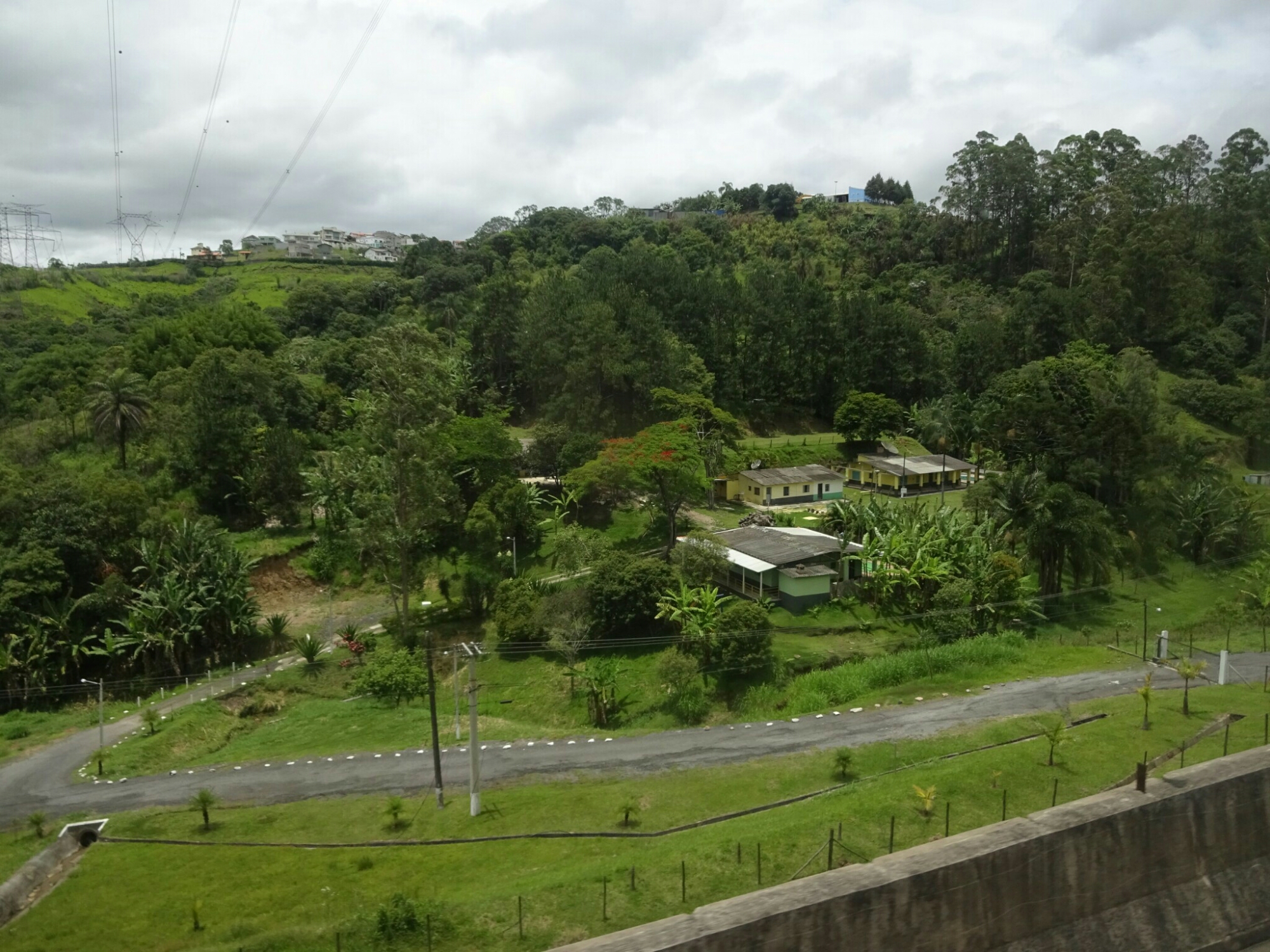
The airport of Sao Paolo is close to a city called Guarulhos, which also has a bus terminal. I was told to go there, because they also have busses leaving to Rio de Janeiro, saving me the trouble of going 25 km to Sao Paolo and back. What the people didn’t know was the fact that this terminal is way less frequented than the one in Sao Paolo. In the end I spent four hours at the bus terminal, including one hours delay of the bus. Luckily they had free WiFi and I had a few things to do, like downloading the offline dictionary from Google translate, so it didn’t get boring.
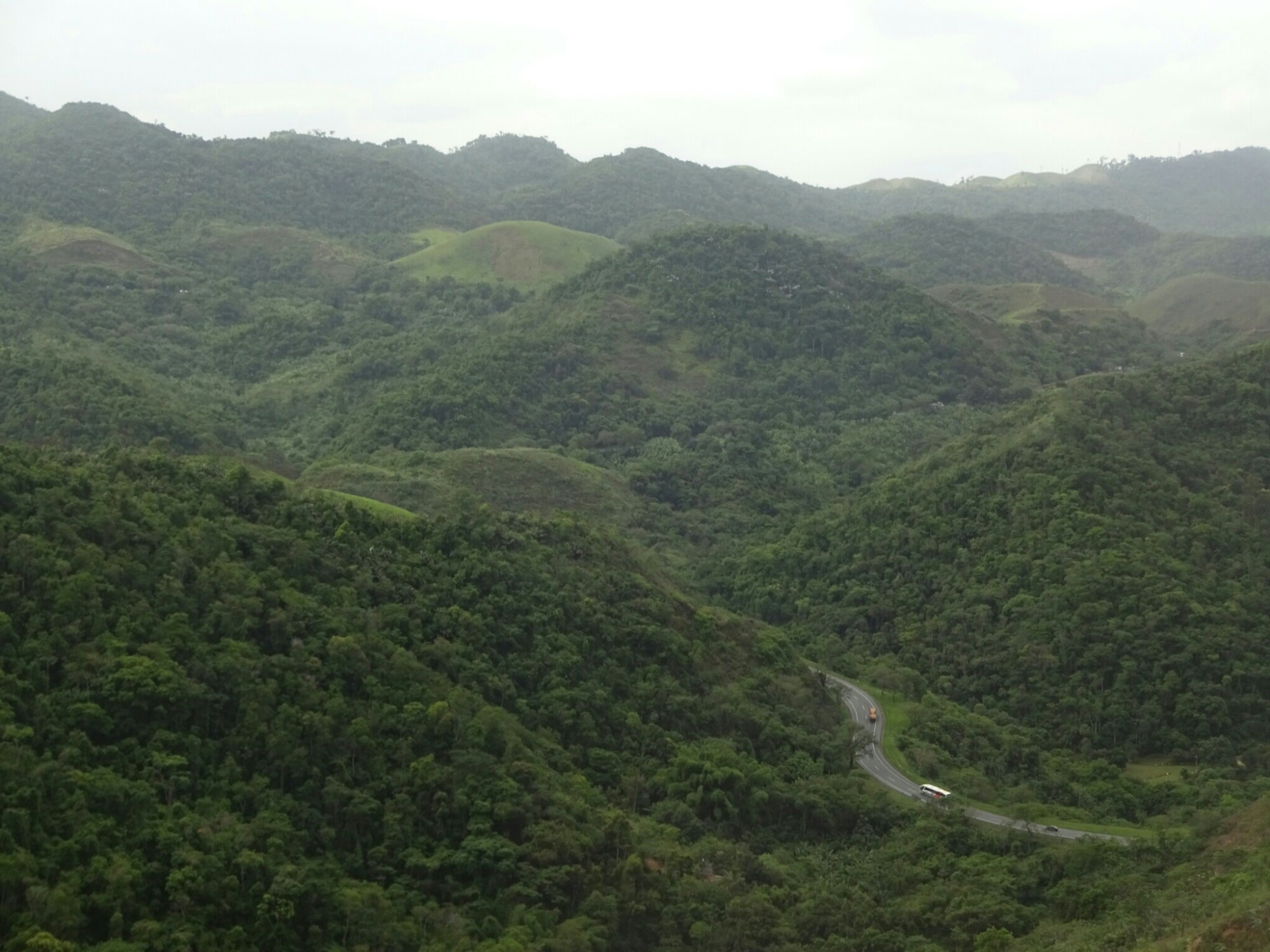
Since I hadn’t gotten any recommendation on a hostel in Rio, I looked at some online reviews and booked my hostel based on that. However, once I got there I had to find out that the location was safe and quiet, but a bit too much as it is located in a residential neighborhood. Additionally there were no other solo travelers my age, so it was difficult to meet new travel mates. Therefore, and because I only wanted to spent two days in Rio, I booked a tour that would take me to all major sights in one day.
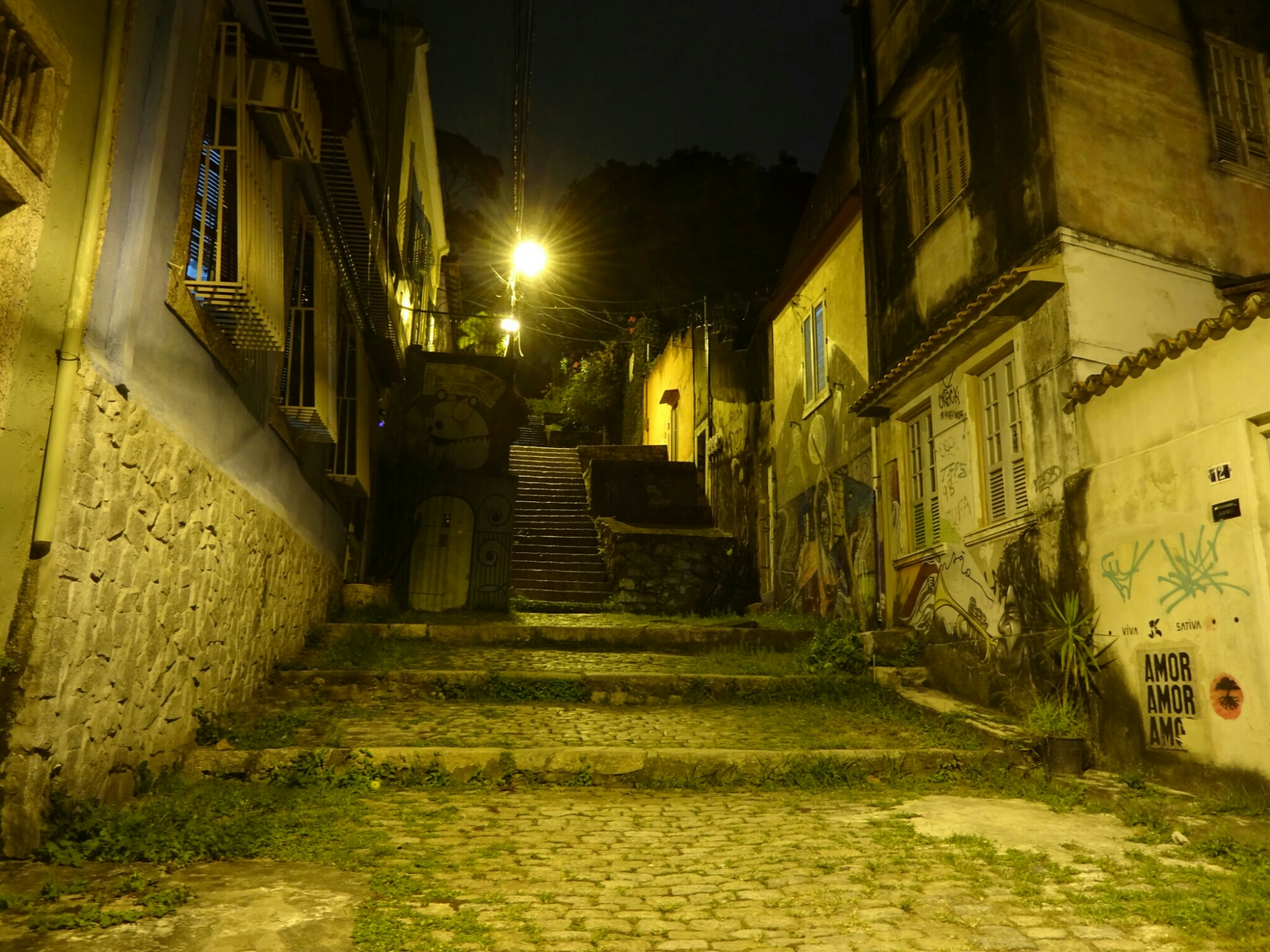
We started off with visiting “J. C.”, as our tour guide named him, being quite familiar with the statue. With its height of 30 m, the Redentor is very impressive, located on the Concorvado hill top overlooking the city. It was built in the 1920s with donations from mostly catholics all over Brazil. The open arms are forming a cross with the rest of the body, but also represent a welcoming gesture to the ships entering the port of Rio, as well as being a sign of peace.

Up next was the neighborhood of Santa Teresa, which is an area where only rich people used to live. Now it has been overtaken by alternative people and artists, giving it a nice vibe. Very artistic are also the Seleron steps, a set of steps that were turned into artwork by a guy named Seleron. He decorated them with lots of tile fragments in the colors of the Brazilian flag. After getting internationally famous through music videos and social media, people started to send him tiles from all over the world. Now it includes tiles from over 60 countries, making it one of the most international pieces of artwork in the world.
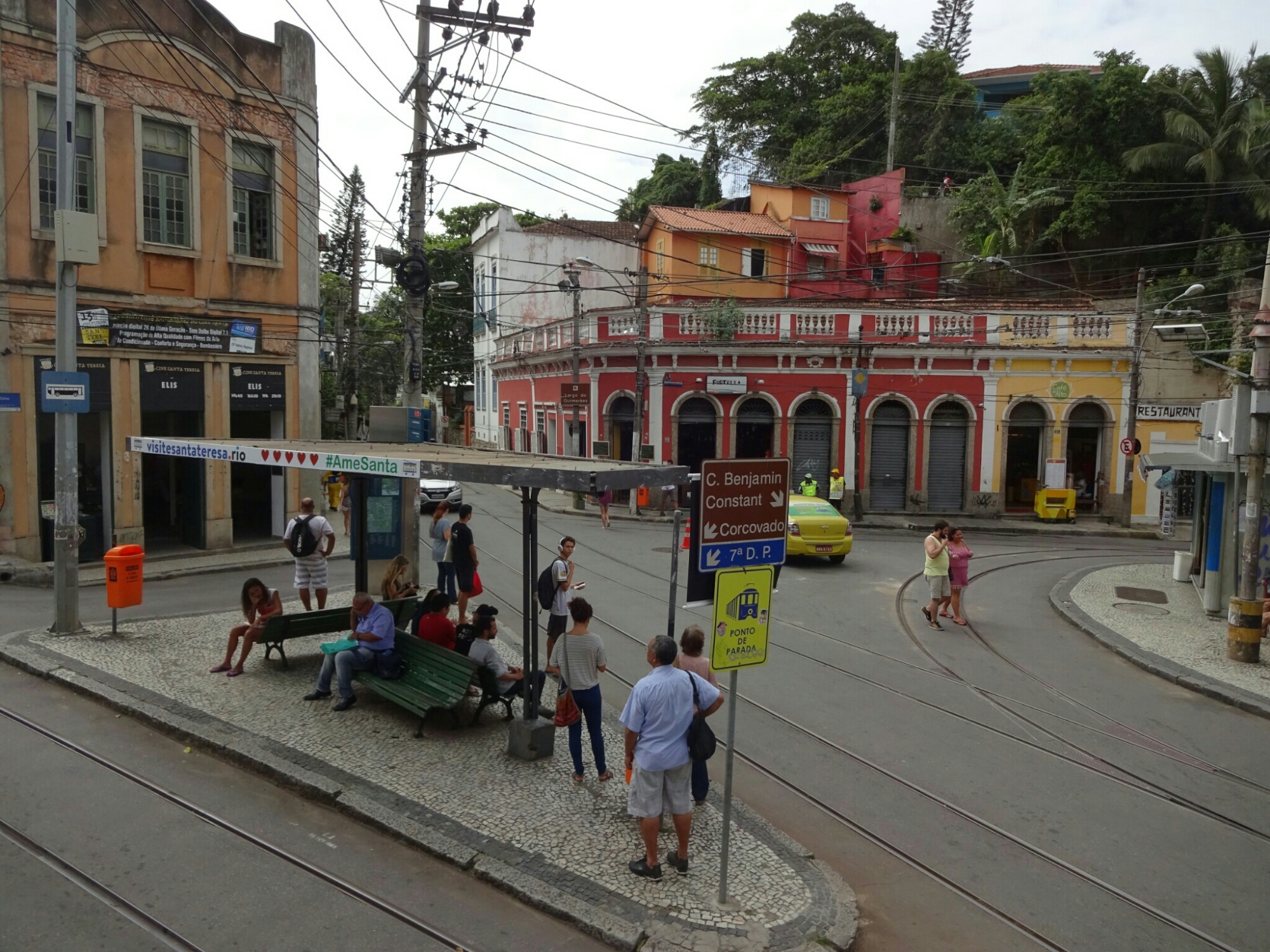

The huge cathedral, a modern structure which is made of concrete and glass, is big enough to seat 5000 people or 20000 people standing. However, it’s capacity is hardly ever needed, as our tour guide explained: Brazilians like to pray on the beach on Sundays. I guess that’s why some towns do have their churches right at the beach. Rio’s most famous beaches, Ipanema and Copacabana, are bordered by high-rise hotels, leaving no space for other buildings. Nevertheless you can still get a prime spot on sunny weekends.
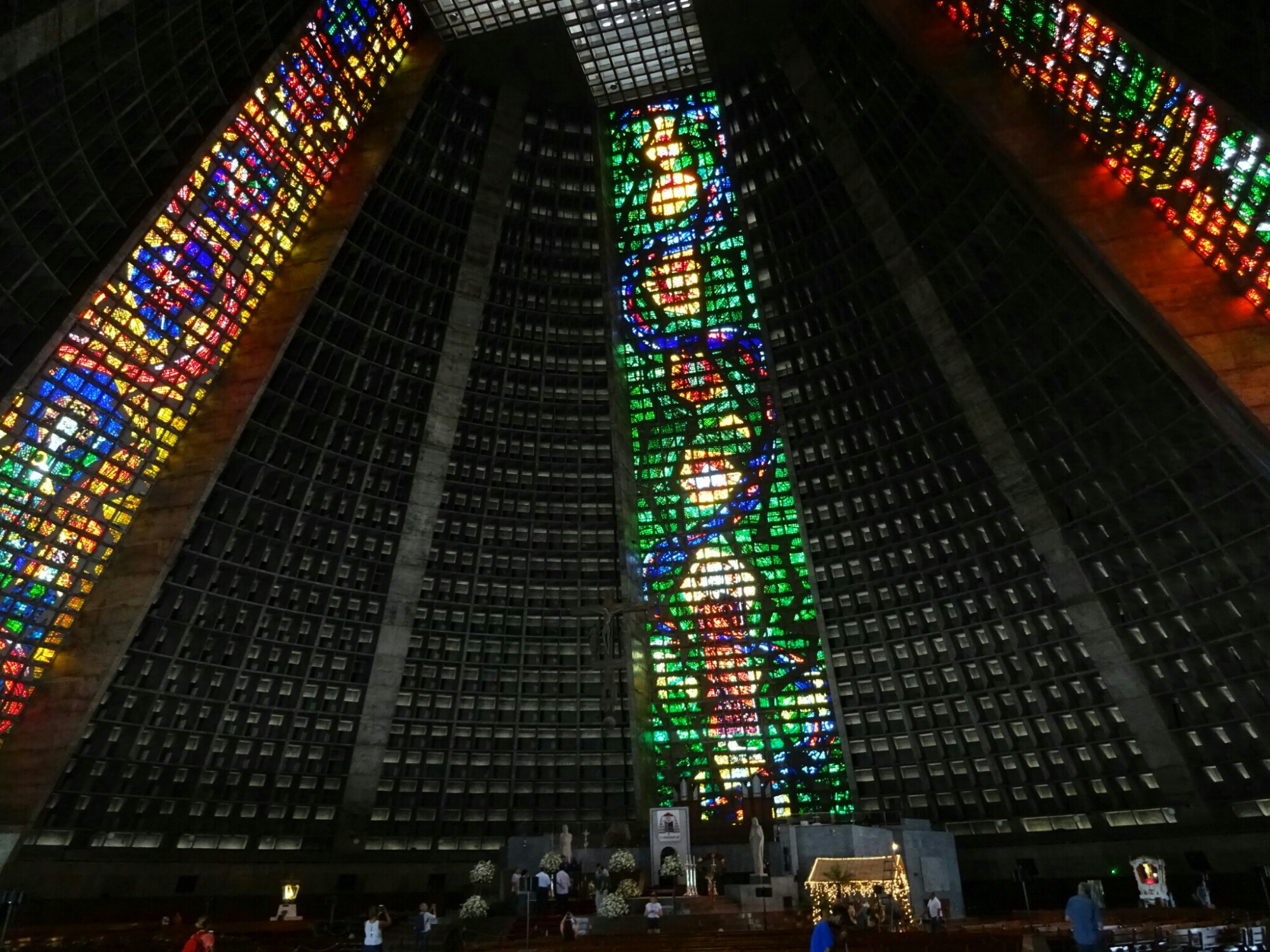
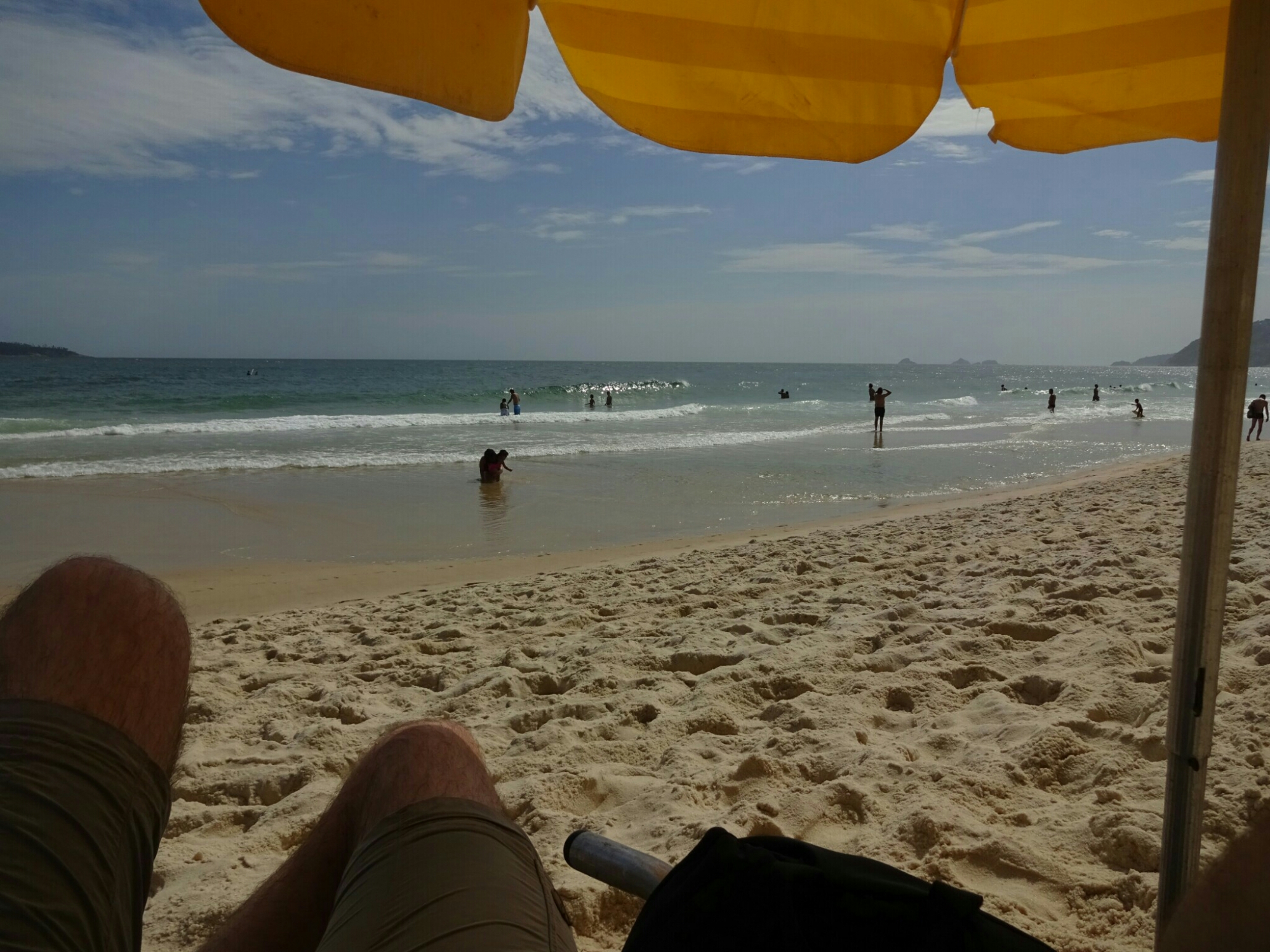
In the evening I tried to meet up with Nik, a guy from England that I had briefly met on the sightseeing tour. We were staying in different hostels and agreed to go to Lapa for some drinks. When we decided for a meeting point we had no idea of how crowded the streets would be. In the end we couldn’t find each other (no WiFi/phone), so I just walked through the streets enjoying the atmosphere.
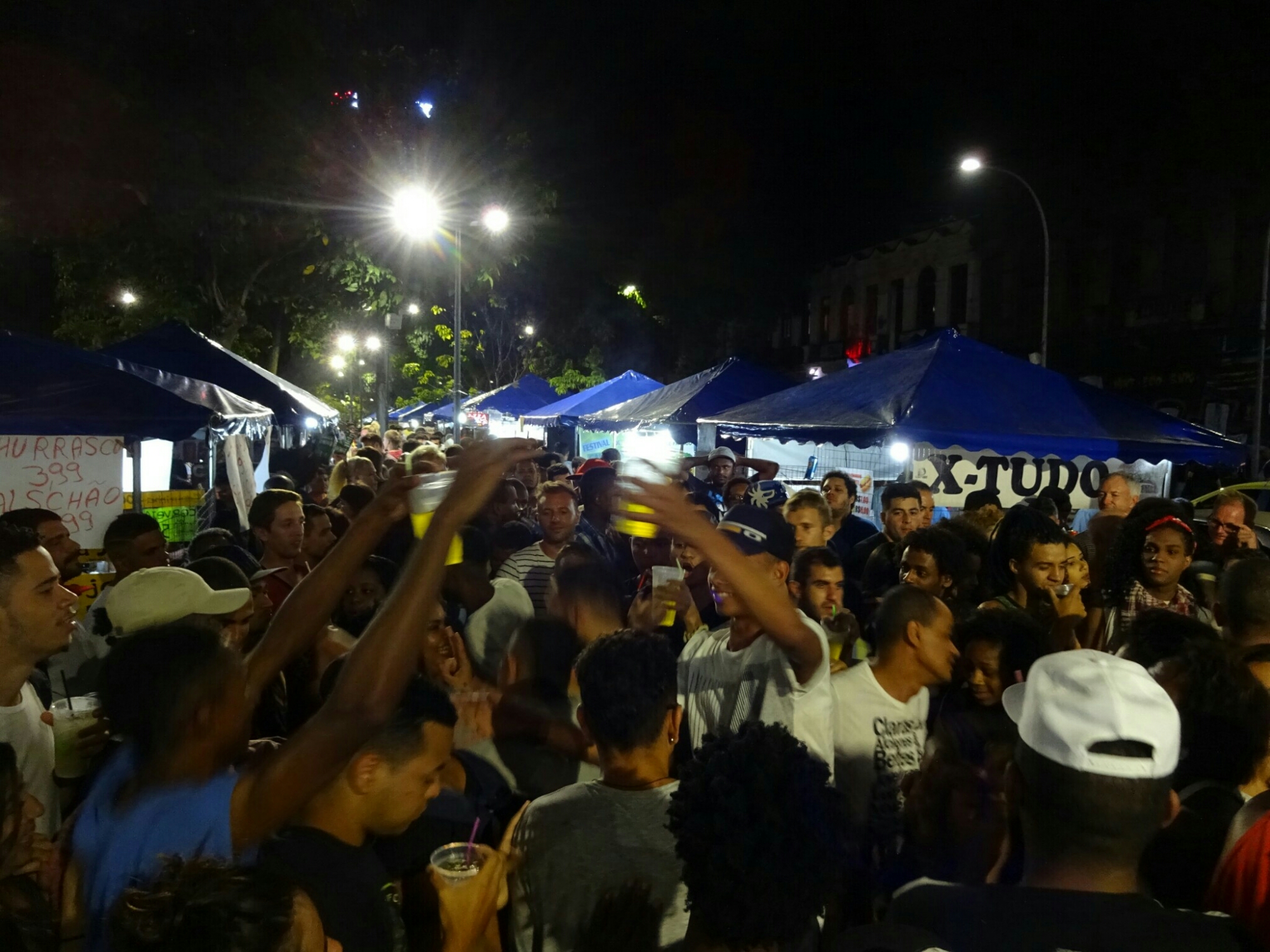
Another great experience was the guided walking tour through the favela Rocinha. Nowadays, favela is the word used for slums/townships in South America, or for a really messy and dirty place. Originally it is the name of a plant that was growing on the steep hills, where the townships were built. As it was hard work to remove the plants with their thick network of roots, the people identified themselves with the hard work and called the area favela.

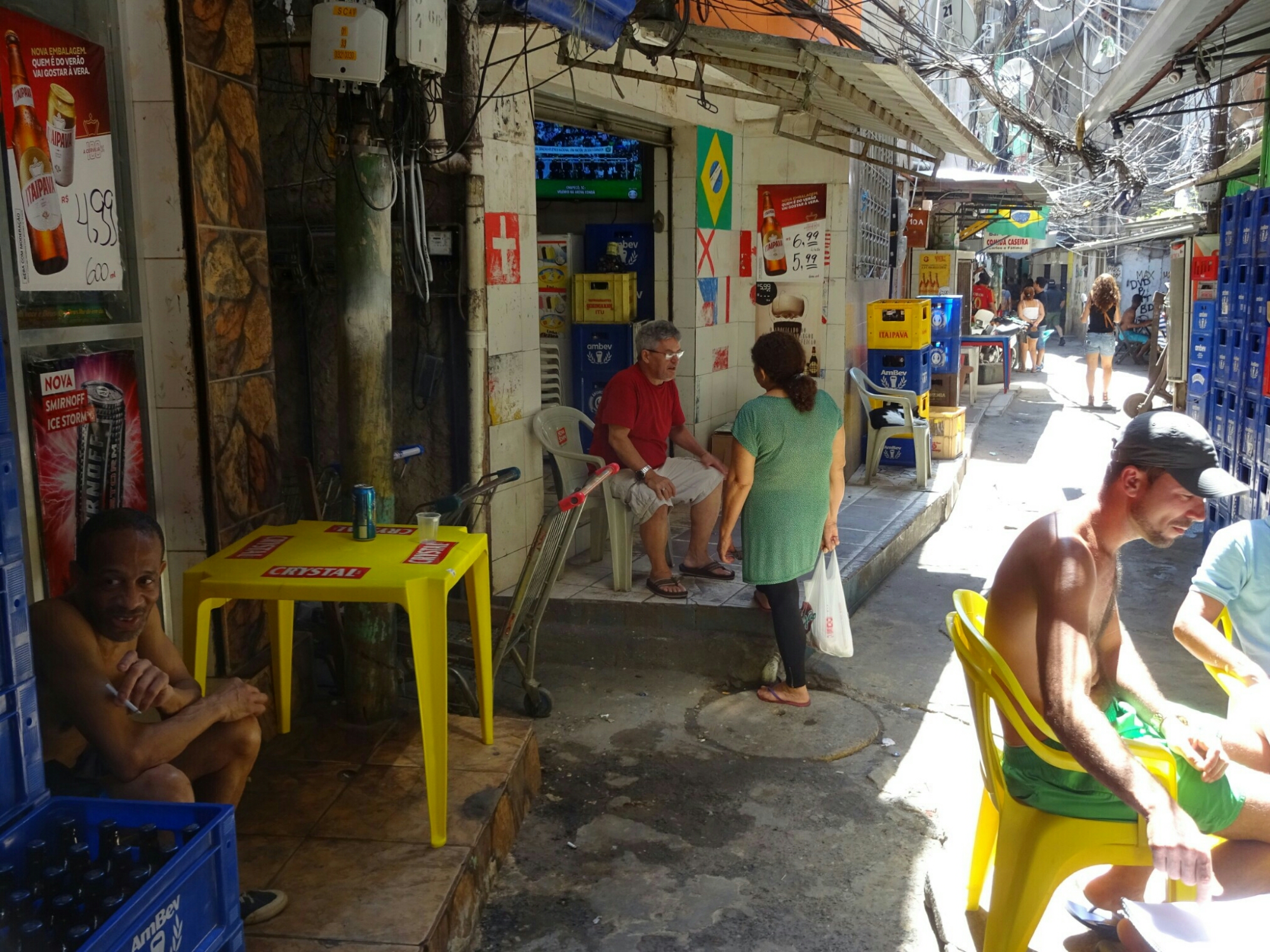
Rocinha is Brazil’s largest favela, with about 120,000 people living in a very small area without high-rise buildings, so everything is build very compact, with tiny alleys that are not big enough for cars to pass through. Some favelas are more dangerous than others, and here they seemed to have made some sort of agreement with the tour company to ensure their safety: Every stop on the tour is used to get more money from the tourists – the gallery with art from local artists, the drumming session of some locals, the bakery, women selling their handmade craft and the daycare center for children, which is funded by a part of the tour fee. Overall it’s still a very interesting tour!
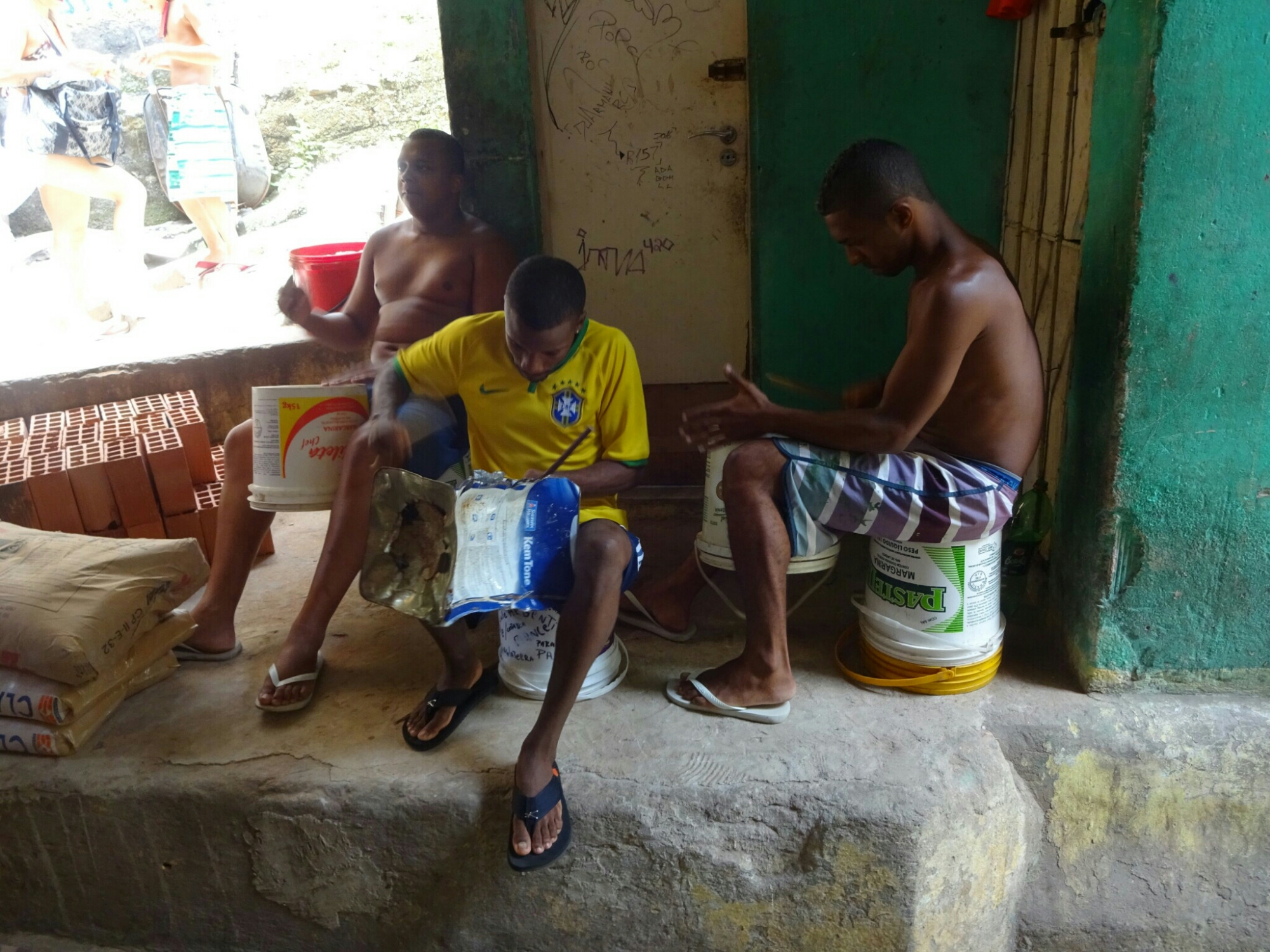


Hallo Ben 2013 und 2015 waren wir an genau den gleichen Orten (la Teresa, Favela Rocina, die Kirche und vieles mehr LbG Gabi